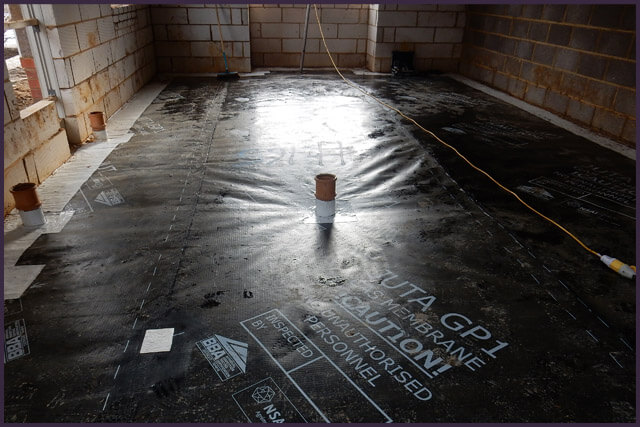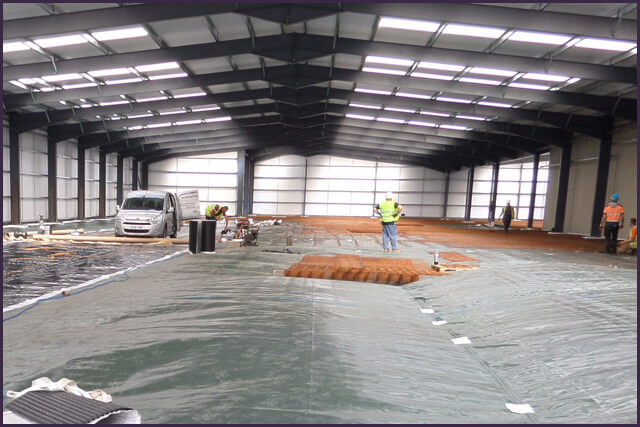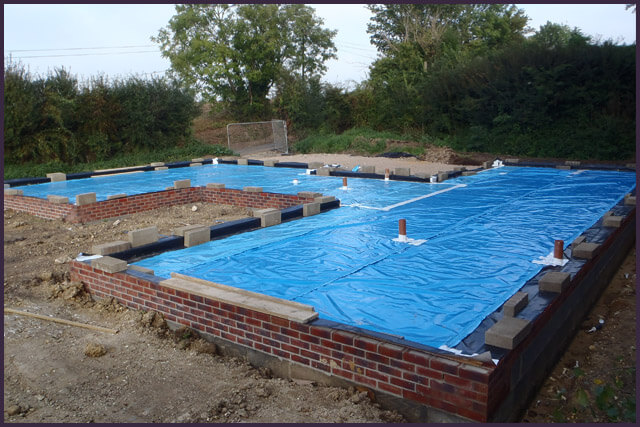
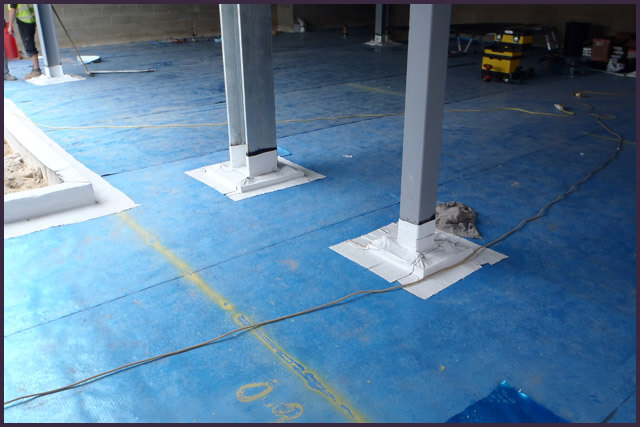
Membrane Testing Solutions Ltd offer various testing procedures dependant on the application. Test procedures MTS Ltd currently offer are:
- Visual Only
- Visual with mechanical point stress (blunt instrument against the seal)
- High pressure air lance
- Tracer gas integrity testing
As the heading states this test involves the lowest level of testing procedure which is a visual inspection of the lined area. This test is only recommended for the lowest risk site. Visual with Mechanical Point Stress Test (blunt instrument against the seal)
This test is similar to the Visual Only test with the addition of mechanical testing of the seam using a blunt instrument. The blunt instrument is drawn down the seam to identify any un-bonded areas. Any poorly made welds or taped joints will become apparent by parting of the seam.
This test is utilised on low to medium risk sites.
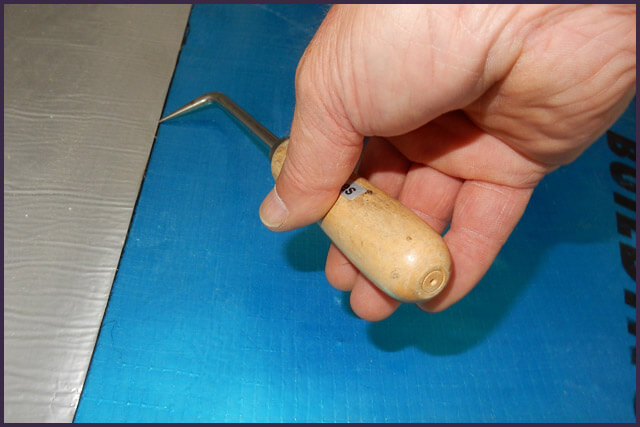
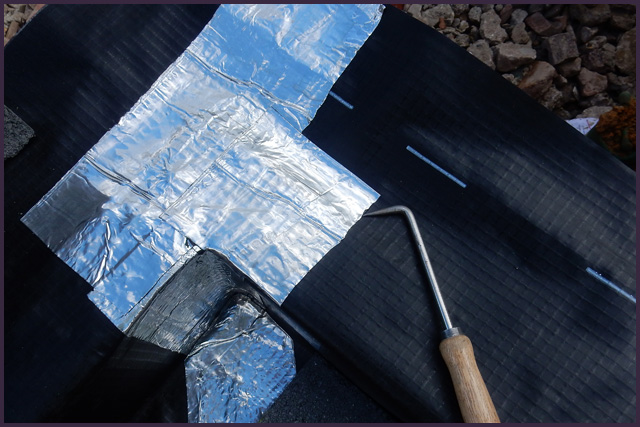
This is one of the harshest tests to be carried out on any seam. A small nozzle air lance or “wand” is connected to an air compressor capable of giving a high air flow on a continual basis of 50PSI via a 4mm diameter nozzle.
The nozzle is drawn down the seam and any imperfections are immediately visible by the seam failing, by the materials parting, a change in audible pitch or by highlighting an air pathway through the material.
This test is utilised on low to high risk sites.
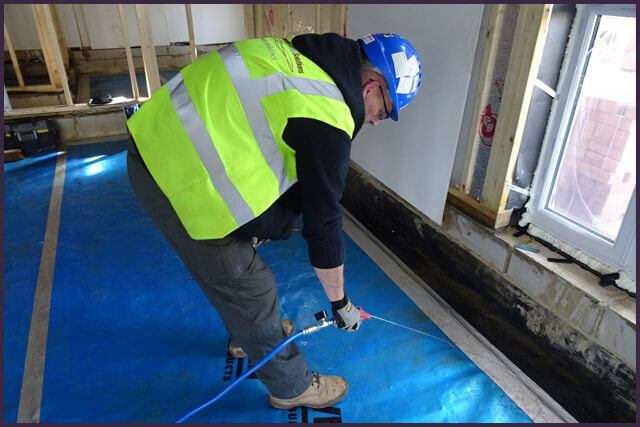
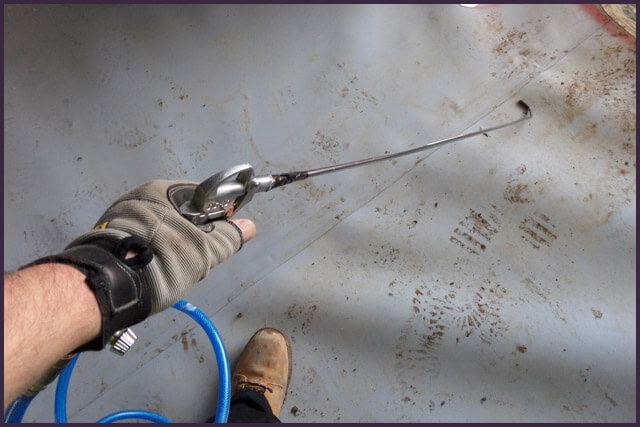
This test comprises of a tracer gas which is added to a positive air flow below the membrane. The airflow is provided by a high volume, low pressure (HVLP) fan which positively pressurises the area below the membrane.
A test hole is made in the membrane at the furthest point from the tracer gas input point and tested above for a positive reading. This reading will be higher than background readings taken previously to conducting the test.
The test hole is then sealed and the whole membrane area tested using a sweeping action of our bespoke and highly sensitive tracer gas detector, connected to a hand-held wand. All seams and service pipe entries/structure connections are given additional attention as these are usually the main areas of failure.
This test is utilised on the medium to high risk sites such as “NHBC Amber 2” where Integrity Testing is able to be used, this test is suitable for most project types.
